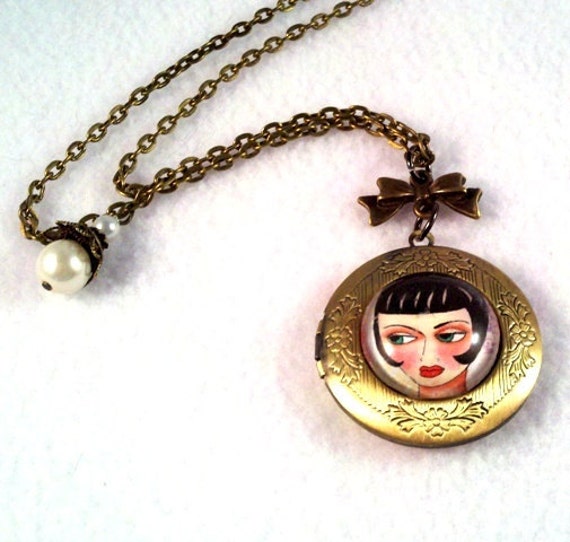Are you ready to interact with your public? Are you ready to tell your story in order to make that sale?
According to SpeakEtc.’s Robyn Hatcher, a communications and presentation expert based in New York, there are a few things creative people need to think about to communicate their message, and it doesn’t always involve your words.
 |
| Robyn Hatcher |
How do these numbers translate into how you present yourself?
Your work and your look should be consistent. “People believe what they see and hear before the words even come out of your mouth,” says Hatcher, “so dress in a way that’s consistent with what you’re selling.” If you dress conservatively, for example, and you’re selling soft paintings, people may not trust you as much as if you dressed in a softer style.
Conversely, if you’re an artist, that doesn’t give you license to look disheveled, either. “You want to look arty yet professional,” says Hatcher. “Make sure what you’re wearing is flattering to your body and figure. But most important, make sure that what you’re projecting is 100 percent consistent with your work.
“It may seem like a no-brainer,” she adds, “but I’ve met jewelry designers who don’t even wear their own pieces. Of course, you shouldn’t wear too much either, but wearing a touch of what you do is essential.”
Project confidence with your body language. There are things that we do naturally when we’re confident that can put our potential customers at ease, but these things can go out the window when we’re anxious about making a sale. Hatcher suggests remembering the following tips when nerves start to kick in.
- Greet people with a slight eyebrow raise. It’s a warm, inviting silent welcome.
- When possible, try a light appropriate touch, on safe places like the elbow, shoulder or hand. Touch creates a bond and makes people feel more positive about you.
- Use eye contact (5 to 10 seconds at a time). People will feel engaged and connected.
- Smile.
- Keep from covering your torso whenever possible. It’s easy to assume a posture like crossing your arms, but the torso is the most vulnerable part of the body; showing it makes you seem trustworthy and confident.
Don’t think it’s about selling. When making your sales pitch, remember to talk about why you do what you do, not just what you do or how you do it. “Think about why you create,” says Hatcher. “Of course we all need to make money, but the moment we focus on making money first, we project desperation and/or frustration, neither of which is very attractive or engaging. Instead of thinking about selling, think about sharing. Every person who experiences you and your work is one more person you’ve impacted. You never know who they know or how long it might take for them to call you or engage with you.”
When Hatcher coaches her clients, she looks for the relatable stories or aspects of their work that they can use in closing a sale. If you can touch upon an emotional need in your customer—be it a sense of nostalgia, or making someone feel more attractive—then you’re much more apt to not only make the sale, but also a connection that turns the sale into a returning customer.
“Whenever someone is listening to you,” says Hatcher, “there’s always this tape in their head that’s asking—what’s in this for me? That’s what you want to hook into.”
If you’re a jewelry designer, for example, think about what drove you to create a certain design, then share that story.
“You want your customer to say, ‘Oh, I’ve been there. I know this person better because she shared this info with me,’” says Hatcher. “You want the customer to be able to relate.”
Of course, you may not even be aware of why you created certain things, as so much of our creativity is subconscious. But Hatcher says it’s worth it to dig down into yourself and find an answer that’s deeper than saying you created something simply because you like it.
“Ask yourself why you’re doing the work you do,” she says, “then ask what it is you want your customer to feel when wearing or using your things.”
A happy outcome of doing such an exercise might be not just more sales, but a spurt of creativity as well, as you become more aware of where your work is coming from.
“Proudly and confidently talking about what you do is not the same as bragging,” says Hatcher. “Fully sharing what it is that you do and the value your art might bring to perspective buyers is providing a service.
“Art is healing, art is therapeutic, art can change people, and by not fully sharing what it is you do and by not allowing people to fully experience you and your art, you are doing them and your art a disservice.”
Looking for a professional video for your web site? Hatcher and videographer Judith George will be presenting a two-day seminar May 19 and 20 titled "Telling Your BizVid Story." Participants will leave the workshop with elevated communication skills, a clear and concise business story, plus a professionally shot and edited, ready-to-post video. Contact Hatcher for details.
Until next time!
Mary Ann
www.maryannfarley.etsy.com
 |
| A photo locket for your little secrets... |

3 comments:
Great post! Thanks, Mary Ann!
Excellent post. Thanks Mary Anne.
Great post! I'm sharing this with my "Craft Fairs... it's a living!" Etsy team.
Post a Comment